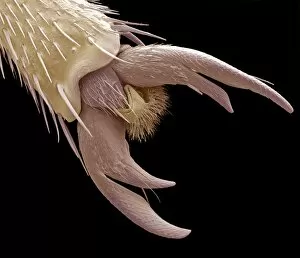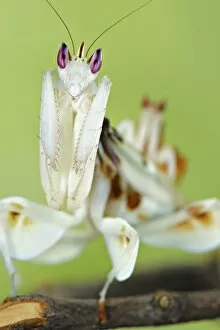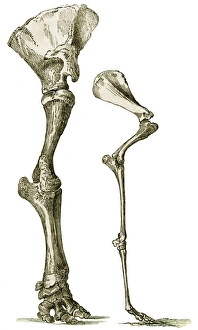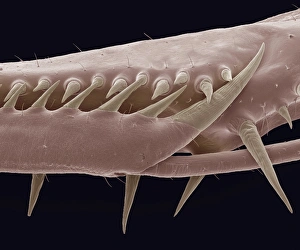Fore Leg Collection
In the intricate world of insects and creatures, the fore leg holds a captivating power
All Professionally Made to Order for Quick Shipping
In the intricate world of insects and creatures, the fore leg holds a captivating power. From the Devil Stick Mantis to the Orchid Mantis, these subadults and adult females showcase their unique beauty through a close-up of their head and forelegs. The Bee foot claws reveal intricate details under an SEM, while the Beaver beetle leg leaves us in awe with its microscopic wonders. As we explore further, we encounter the Western Conifer Seedbug, an introduced invasive species that displays its mesmerizing features up close. In contrast, the Praying Mantis emerges at night in Guyana's Iwokrama Rainforest, showcasing its majestic head and forelegs against a dark backdrop. Great diving beetles also captivate our attention with their remarkable foreleg structure when observed under SEM. Even honey bees leave us spellbound as we examine their delicate legs through a scanning electron microscope lens. Beyond insects lie ancient relics - elephant and camel leg bones immortalized in artwork remind us of nature's enduring legacy. Lastly, we are enchanted by the Hooded praying mantis' striking head and forelegs along with Neptunides flower beetle's intriguing presence.















